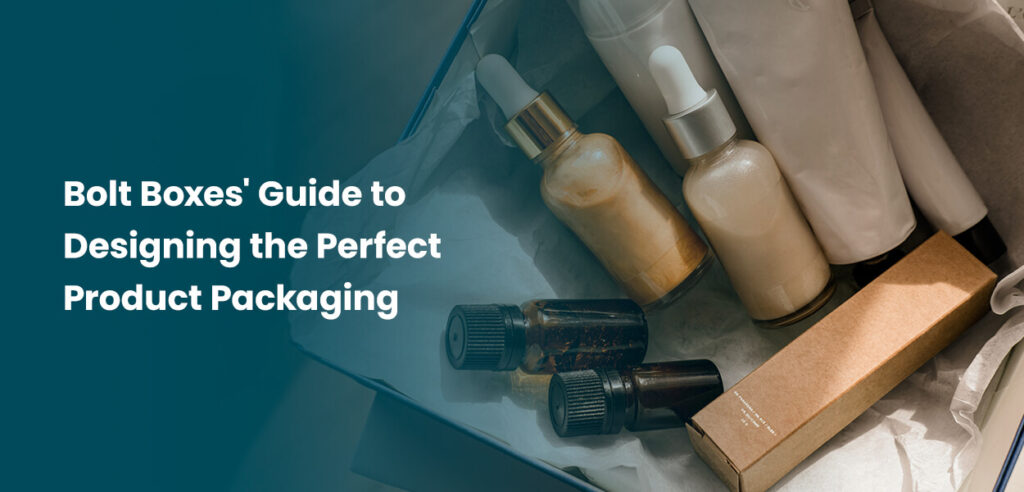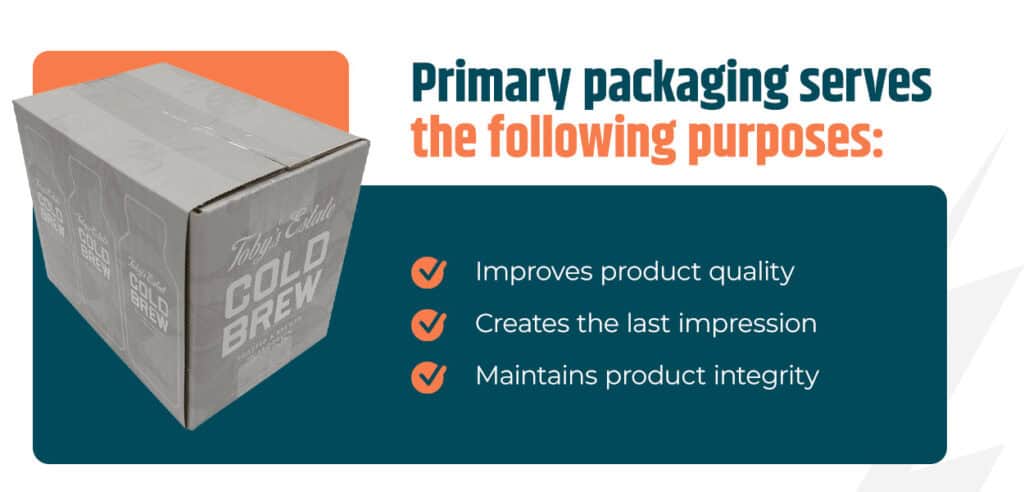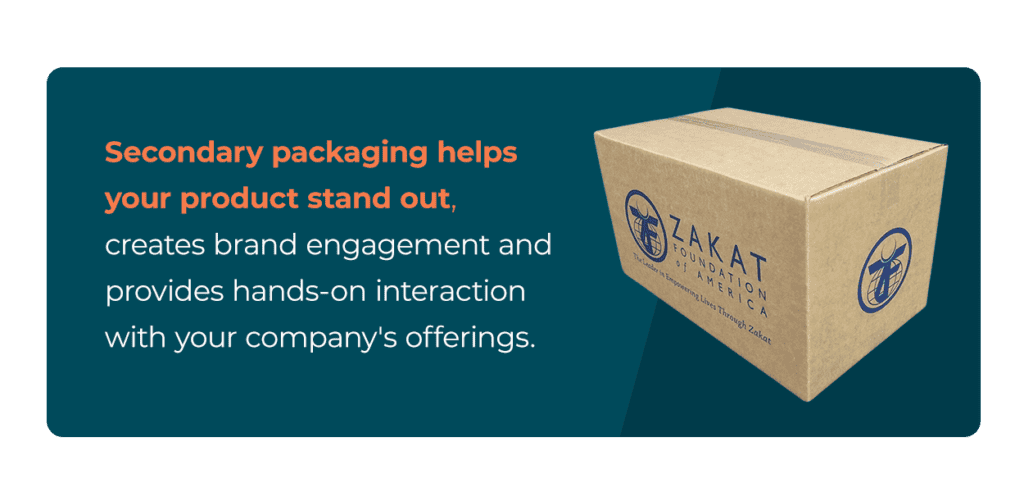
Product packaging design is a powerful way of generating sales. Because about 73% of purchasing decisions are made at the point of sale, designing custom packaging for your product is essential to make it stand out.
When designing packaging, you must consider everything, from the materials you choose to the color palette and printing requirements. With our guide to creating the perfect product packaging, you can elevate your brand, increase sales and have customers returning to repeat the experience.
Aside from the fundamentals — protecting the product inside — packaging design can change how people think about your product. While the size and shape of your package may be similar to those of your competitors, the design can elevate your product. The right design could be the difference between people buying from you or someone else. In fact, 67% of consumers say packaging influences their decision to purchase.
Investing in custom product packaging can create a memorable unboxing experience for your customers, advertise your brand, reduce costs and minimize waste.

There are two main types of packaging that help push sales and attract customers. Primary packaging is what holds your product and makes direct contact with it, while secondary packaging secures the product and the primary packaging.
Primary packaging serves the following purposes:
Secondary packaging offers the following benefits:
Designing the perfect product packaging involves combining many elements into the ideal finished product. The following tips and tricks will help you design packaging that reflects your brand and appeals to your customers:
When you design your packaging, keep two things in mind — your brand and your customers. Your packaging is a visual representation of what customers find inside, and it must be appealing enough to make them want to open it. The better you know your ideal customer, the more effectively you can appeal to them. How can you make your audience feel your product is their best choice?
The more you know about your competitors, the more you can make your products stand out. Consider how you can uniquely showcase your product’s strengths. For example, if your competitors’ packaging is black and white, you could consider adding some color to draw customer attention.
The moment you pick up a box, you feel the quality of the materials. You want your packaging to feel sturdy and reflect the quality of your products. You can use color, shape and texture to elevate the customer experience and create a positive first impression.
Custom-designed secondary packaging allows you to communicate with your customers. Depending on your product, you may also be required to have certain content on your packaging. Some of the packaging content to consider includes:
Every packaging element should work seamlessly to represent your product, elevate your brand and speak to customers. Experiment with different fonts, palettes and shapes to find the option that best reflects your ideal customer’s needs and your brand values.
Effective packaging design is all about the details. Can you add a special message on your packaging that connects you and your target audience? Think about how you can add a personal touch. It may be a thank-you note or some inside printing with more details on using your product.
Consumers are aware of their environmental impact, and many prefer to purchase products with sustainable packaging. If it aligns with your brand, explore how you can use sustainable packaging in your design. Reducing waste and promoting recyclable cardboard boxes, for example, is a powerful way to connect with your customers.
As your packaging competes with other products, it should send a message to consumers quickly. Ideally, people should remember your message — busy packaging can disguise your core message. Try and focus on your product’s most beneficial selling points and keep your message short and to the point.
Your packaging should always represent the product inside, and your customers should get what they expect when they open it. Misleading copy or images may entice someone to buy a product once, but they won’t buy from your brand again if they feel misled.
Buying something new is exciting, and unboxing is one of the best parts of the experience. Your packaging should be user-friendly and add to the excitement of making a new purchase. Consider how you can make the unboxing experience enjoyable for your customers. Some scented paper may make a difference.
Depending on your product, you could create ways to turn taking something out of a box into a pleasant experience customers want to repeat. Secondary packaging with interactive designs can create an unboxing experience that customers will want to experience again.
Packaging is an essential part of your marketing strategy. With so much competition, one misstep in the design could cost you valuable sales. Consult a professional who can walk you through the process, help you with the design and suggest the most appropriate packaging for your product and target audience.

Secondary packaging is one of the most important marketing tools. It helps your product stand out, creates brand engagement and provides hands-on interaction with your company’s offerings. Here are three examples of brands with impressive secondary packaging for your inspiration and information:
Harry’s makes a popular line of shaving products. The secondary packaging has a minimalist and refined aesthetic suitable for the target audience. The fold-out cardboard box with magnetic closures enhances usability and offers an interaction that radiates luxury.
This secondary packaging has a functional design that allows customers to use the growing products and store them in the box. It enables them to interact with the brand every time they take the items out of the box and put them back in.
Nobody enjoys ripping through layers of tape and wire to get to their product. That’s why Amazon’s frustration-free boxes for shipping products are genius. They offer product protection and ease of use.
This secondary packaging is an excellent example because it prioritizes customers’ desires. Businesses must always consider how shoppers interact with their products when creating secondary packaging.
The frustration-free packaging also uses 100% recyclable materials, which appeals to the eco-friendly market.
Unboxing an Apple product feels like opening a treasure chest. This company uses color psychology and marketing strategies to create a memorable unboxing experience for customers.
Contrary to Amazon’s frustration-free packaging style, Apple’s secondary packaging requires a few extra steps to open. The box’s design forces customers to open it slowly, creating a dramatic product reveal.
Businesses should create secondary packaging that shows their products in the best light — whether through functional or dramatic designs.
Designing your packaging is much easier when you know what you’re working with. The Bolt Boxes easy box configurator tool can give you pricing and design ideas in five steps. Choose your box type, size, strength and color, and we’ll give you immediate pricing to help you decide.
Bolt Boxes creates secondary packaging solutions that are in sync with the primary packaging and encapsulate the essence of your brand.
Designing the perfect custom product packaging requires attention to detail. That way, you can balance the many variables and achieve a finished product that excites your customers. Bolt Boxes can help you create the perfect package, protect your products, promote your brand and enhance the unboxing experience.
Our industry-leading lead times, attention to detail, emphasis on in-house quality control and decades of experience make us the perfect partner to meet your packaging needs. Contact us to learn how we can help you elevate your custom product packaging today!